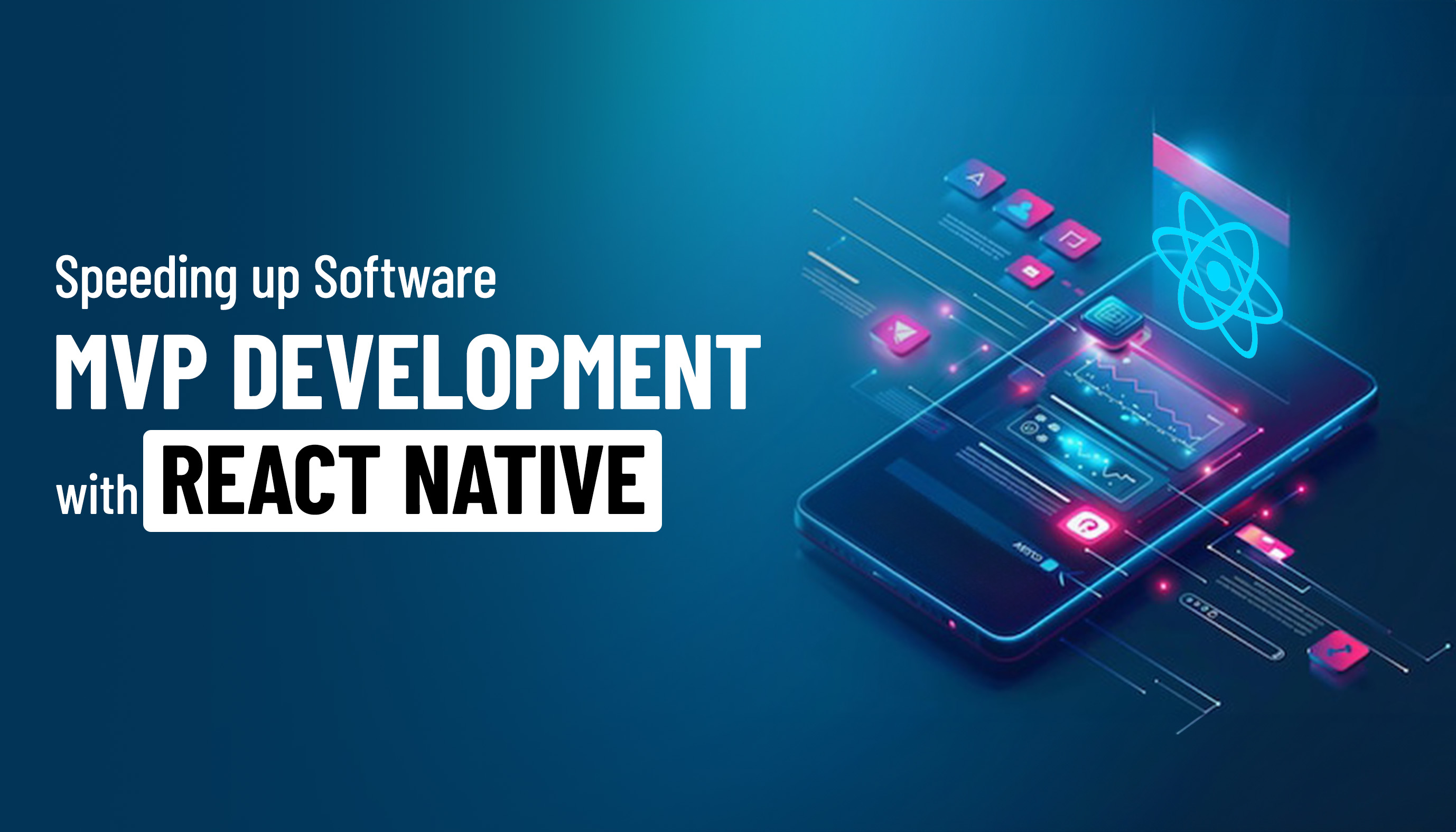Best PC Performance Monitoring Software for Seamless IT Management
Choosing the right PC performance monitoring software is crucial for seamless IT management. These tools help optimize system performance, track resource usage, and prevent potential issues before they arise. Our guide highlights the best solutions to ensure your IT infrastructure runs smoothly, enhancing efficiency and minimizing downtime. Explore top-rated software tailored for businesses of all sizes to ensure optimal performance and productivity.
In today's IT-driven business environment, system performance is one of the major keys to success. Therefore, IT managers have to take every measure in order to make sure PCs and other devices work without hindrances. Their best way to manage this could be through the facilitation of PC performance monitoring software. These are some of the tools that provide real-time insights and prevent possible issues, ensuring that systems perform at their best. This article looks at some of the best PC performance monitoring software and explores the role of such tools in IT management.
The Role of PC Performance Monitoring in IT Management
IT management generally encompasses the work required for managing the performance and reliability of an organization's technology infrastructure. However, one of the most important aspects is making sure that all systems, especially PCs, are functioning in good order.
Performance monitoring tools are hence indispensable in that regard since such tools monitor valuable metrics including CPU usage, memory consumption, and disk performance, as well as system temperature.
These tools will enable the IT manager to take precautions before slowdowns of any of the systems, system crashes, or overheating affect users. This ensures no time is lost whatsoever and enhances productivity in all other sectors of the company.
The tools also offer insight into economies, allowing the IT department to establish trends to take precautionary measures. With increased expansion and technological implementation by organizations, performance monitoring has become an integral part of smooth IT management.
Key Features to Look for in PC Performance Monitoring Software
Performance monitoring software has to be aptly selected by the IT manager. Following are some of the key features to look upon while choosing a tool:
Real-time Data and Alerts:
Real-time monitoring is one of the most important features. Instant notifications must be given to IT managers in case there's an issue with the performance of the system, motivating them to act immediately.
Customizable Dashboards:
A good performance monitoring should offer easy-to-create dashboards. In this way, IT managers are able to track specific performance metrics relevant to their organization's needs.
Advanced Reporting:
Advanced reporting serves as a high necessity when observing performance trends over time. Such reports help in finding recurring problems or possible system vulnerabilities before they get out of hand. This data can be used to streamline IT operations, improving overall productivity. For other tools that can boost work efficiency, explore this guide on online productivity tools.
Remote Monitoring:
As more organizations are going remote, IT needs to be able to keep track of and manage systems from any location. Consequently, remote monitoring ensures that all systems on the network are functioning at their ultimate best, regardless of the system's geographical location.
Scalability:
As your organization grows bigger and your business expands, your needs in terms of IT change. The software should be able to adapt to changes an organization undergoes with more devices and further advances without an overall rebuild being required.
Top PC Performance Monitoring Software for IT Managers
Here, we look at some of the best PC performance monitoring tools currently available, focusing on their usefulness in relation to IT management:
Atera's PC Performance Monitoring Tool Atera offers an all-in-one IT management platform that includes PC performance monitoring among other things. The software provides for real-time monitoring, an alert system, and customizable dashboards. Atera allows IT managers to remotely monitor several devices and proactively alerts them in advance of system issues before they become critical. In essence, it is the perfect platform for IT teams that have to deal with hundreds or thousands of devices. For example, its automated patch management ensures that systems are at their best performance and up-to-date, without human interference.
SolarWinds Server & Application Monitor SolarWinds is known for its robust IT management toolkit, and this is no exception. The system gives in-depth information on system performance, server resources, and application health. IT managers will be able to monitor CPU load, memory usage, and other critical system metrics. SolarWinds also works smoothly with other tools included in the SolarWinds ecosystem, which means this is a big plus for organizations that already use their products.
Paessler PRTG Network Monitor PRTG Network Monitor developed by Paessler is one of the most used tools by IT managers due to its flexibility and scalability. It does full-fledged monitoring of devices ranging from PCs and servers up to network components. It provides customizable dashboards and real-time alerts which will enable the IT manager to troubleshoot problems quickly. Controllable scalability makes it fitting for small, medium-sized, and large enterprises alike.
ManageEngine The core of monitoring of the entire IT infrastructure-from PCs up to networks and servers-is done by ManageEngine's OpManager. It offers real-time performance tracking with in-depth reports that allow the IT manager to get the systems into better health and prevent any conditions that lead to downtime. Scalable and integrated with other IT management tools, OpManager doesn't require a very massive environment; however, it is suitable for IT environments large enough to warrant multi-device and network monitoring.
HWMonitor is a lightweight application intended for monitoring system temperatures, voltages, and fans. It does not support as many functionalities as other tools do. It is ideal for small IT teams or for those seeking a free and straightforward option for monitoring hardware performance. HWMonitor is a good tool to perform basic diagnostics and verify if systems operate within safe temperature ranges.
How to Choose the Right PC Performance Monitoring Software for Your Business
While selecting PC performance monitoring software, IT managers should keep some guiding factors in mind:
The size of the IT environment itself:
Whether there is a need to track a large network complete with several devices, then full-service tools such as Paessler's PRTG or ManageEngine's OpManager would be more suitable.
Budget:
The cost is among the fundamental conservational areas. Generally, there are free versions or tiered pricing models that could allow the business to get a gadget that fits within the budget without necessarily sacrificing the core feature needed.
Compatibility:
Consider how well the software will work towards the smoothness of your firm's IT infrastructure. Some gadgets will work better with operating systems or apps than others.
Support and Updates:
Reliable customer support with frequent software updates is crucial for the longevity of any IT management tool.
Benefits of Using Performance Monitoring Software in IT Management
Performance monitoring software has some major benefits in IT management, which include the following:
Proactive Problem Solving:
Real-time monitoring and alerts enable IT managers to effortlessly locate problems and fix them before they become major ones; this reduces system downtimes.
Improved Productivity:
Performance monitoring tools help minimize delays in employee productivity by ensuring systems are up and run smoothly. In addition to monitoring software, addressing factors like employee attendance can significantly enhance productivity.
Less Work for IT Teams:
Automation of routine tasks related to the monitoring of CPU and memory usage by these tools frees up resources for higher-value work by IT teams.
Enhanced Security:
A number of tools further offer security monitoring to help IT managers observe certain unusual behavior or possible security breaches.
Conclusion
PC performance monitoring software forms part of the larger IT management component that offers real-time insight, alerts, and automation well needed to keep systems at peak efficiency with no costly downtime. Whether you are managing a small network or a large enterprise infrastructure, the right tool can bring about a great deal of difference in managing it. For those looking to explore more about performance monitoring, IBM’s extensive documentation provides a comprehensive introduction to performance monitoring, offering deeper insights into how performance monitoring tools function and the best practices for implementing them within IT systems.

Subscribe & get all related Blog notification.





Post your comment